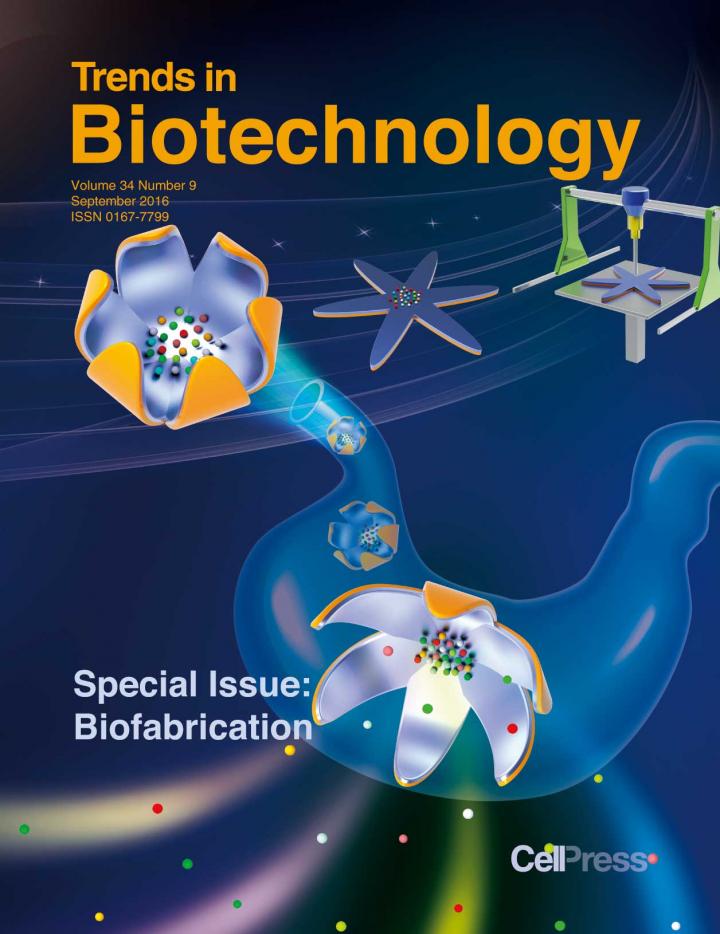制造不含奶牛的酪蛋白和酪蛋白胶束。
IF 14.9
1区 工程技术
Q1 BIOTECHNOLOGY & APPLIED MICROBIOLOGY
Trends in biotechnology
Pub Date : 2025-10-01
Epub Date: 2025-09-08
DOI:10.1016/j.tibtech.2025.08.016
引用次数: 0
摘要
酪蛋白精确发酵的关键步骤是正确磷酸化,以产生一个或多个短线性序列基序(slms),其中包含三个或更多磷酸化的丝氨酸残基。Balasubramanian等人的研究表明,两种细菌磷酸激酶是哺乳动物高尔基磷酸激酶和酪蛋白激酶- ii的有希望的替代品,这使我们向这一目标迈进了一步。本文章由计算机程序翻译,如有差异,请以英文原文为准。
Making cow-free caseins and casein micelles.
A key step in the precision fermentation of casein proteins is correct phosphorylation to generate one or more short linear sequence motifs (SLiMs) containing three or more phosphorylated seryl residues. The work of Balasubramanian et al. takes us a step closer to that goal by showing that two bacterial phosphokinases are promising alternatives to the mammalian Golgi phosphokinases and casein kinase-II.
求助全文
通过发布文献求助,成功后即可免费获取论文全文。
去求助
来源期刊

Trends in biotechnology
工程技术-生物工程与应用微生物
CiteScore
28.60
自引率
1.20%
发文量
198
审稿时长
1 months
期刊介绍:
Trends in Biotechnology publishes reviews and perspectives on the applied biological sciences, focusing on useful science applied to, derived from, or inspired by living systems.
The major themes that TIBTECH is interested in include:
Bioprocessing (biochemical engineering, applied enzymology, industrial biotechnology, biofuels, metabolic engineering)
Omics (genome editing, single-cell technologies, bioinformatics, synthetic biology)
Materials and devices (bionanotechnology, biomaterials, diagnostics/imaging/detection, soft robotics, biosensors/bioelectronics)
Therapeutics (biofabrication, stem cells, tissue engineering and regenerative medicine, antibodies and other protein drugs, drug delivery)
Agroenvironment (environmental engineering, bioremediation, genetically modified crops, sustainable development).
 求助内容:
求助内容: 应助结果提醒方式:
应助结果提醒方式:


